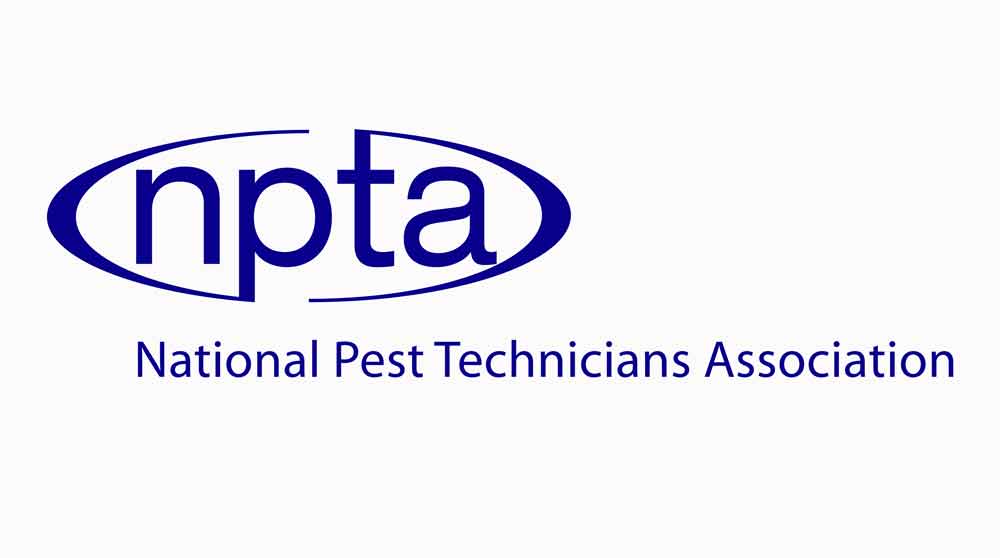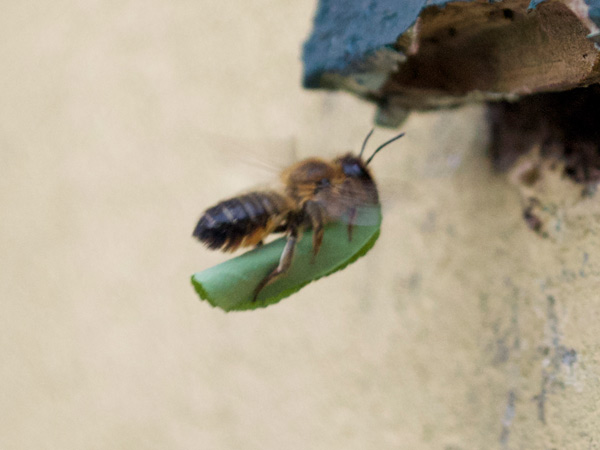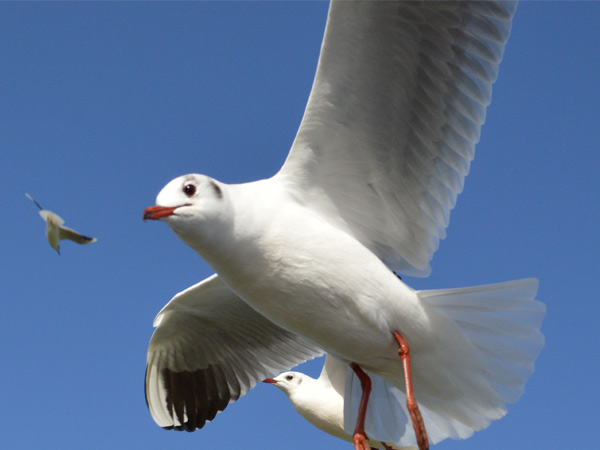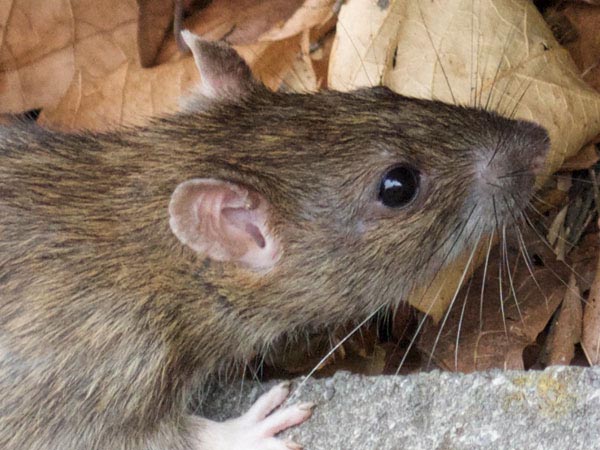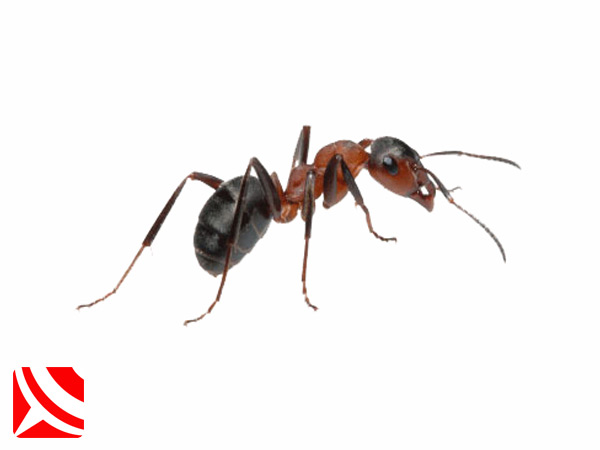Controlling Fruit Flies (Drosophila funebris) - FAQ's
Fruit Flies - What Are They?
Bristol Fruit fly Control:Fruit Flies are easily identified by their small size, and distinctive orange eyes.
Externally, Fruit Flies can be found almost anywhere, but likely sites of Fruit Fly activity include, compost & rubbish bins, where sweet residues and rotten fruit along with other fermenting products are a powerful attractant.
Internally Fruit Flies are commonly seen in our homes and businesses, especially in kitchens, bars and beer cellars, where spillage residues can quickly build up under the lips of sinks, or between the bottom of base unit plinths and the floor. Again, Good house-keeping can discourage these flies.
Poor hygeine encourages Fruit Flies, meaning they are an early sign of deteriorating or consistently neglected hygiene in food premises. Good house-keeping can make a huge difference to the success of any pest management or fly extermination programme. This is a key indicator of quality and one of the first things that council food safety officers look for.
Are Fruit Flies Dangerous?
Fruit flies are generally quite harmless, and present as a nuisance, more than an important vector or distributor of disease. For this reason small numbers of flies are often tolerated by restaurant owners etc. Customers, however will be less than thrilled at the presence of flies, pestering them, while trying to enjoy a romantic meal, and online reviews on this subject can very quickly, cripple a business.
Proactive fly control measures such as discreet electronic fly killing devices, along with fruit fly traps provide economical control. They require little ongoing cost to maintain and are essential to reassure customers, and demonstrate due diligence to enforcement authorities.
What Diseases do Fruit Flies Carry and Spread?
Although they have a significant capacity to spread diseases through the environmental spread of viruses, bacteria and moulds, it is not widely reported that fruit flies are a risk to humans, so for now at least they are considered an undesirable nuisance pest.
